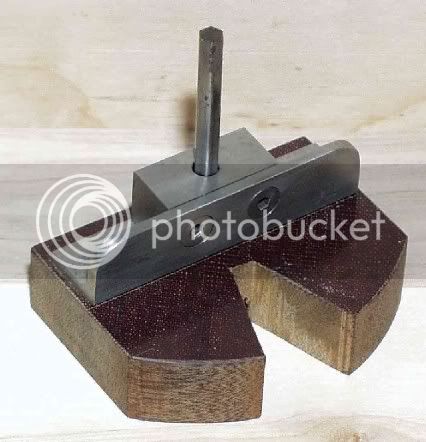Alf
Established Member
Ah, garolyte goes back a few years to Badger Pond. Roger will better remember the details than I, but basically there was a certain amount of to-do amongst folks when Steve Knight made a plane with a garolyte sole (for better wear I think?). Toys were thrown out of prams in all directions, IIRC. :lol: It's been a bit of a running joke amongst some neanderthals ever since.
Cheers, Alf
Cheers, Alf





